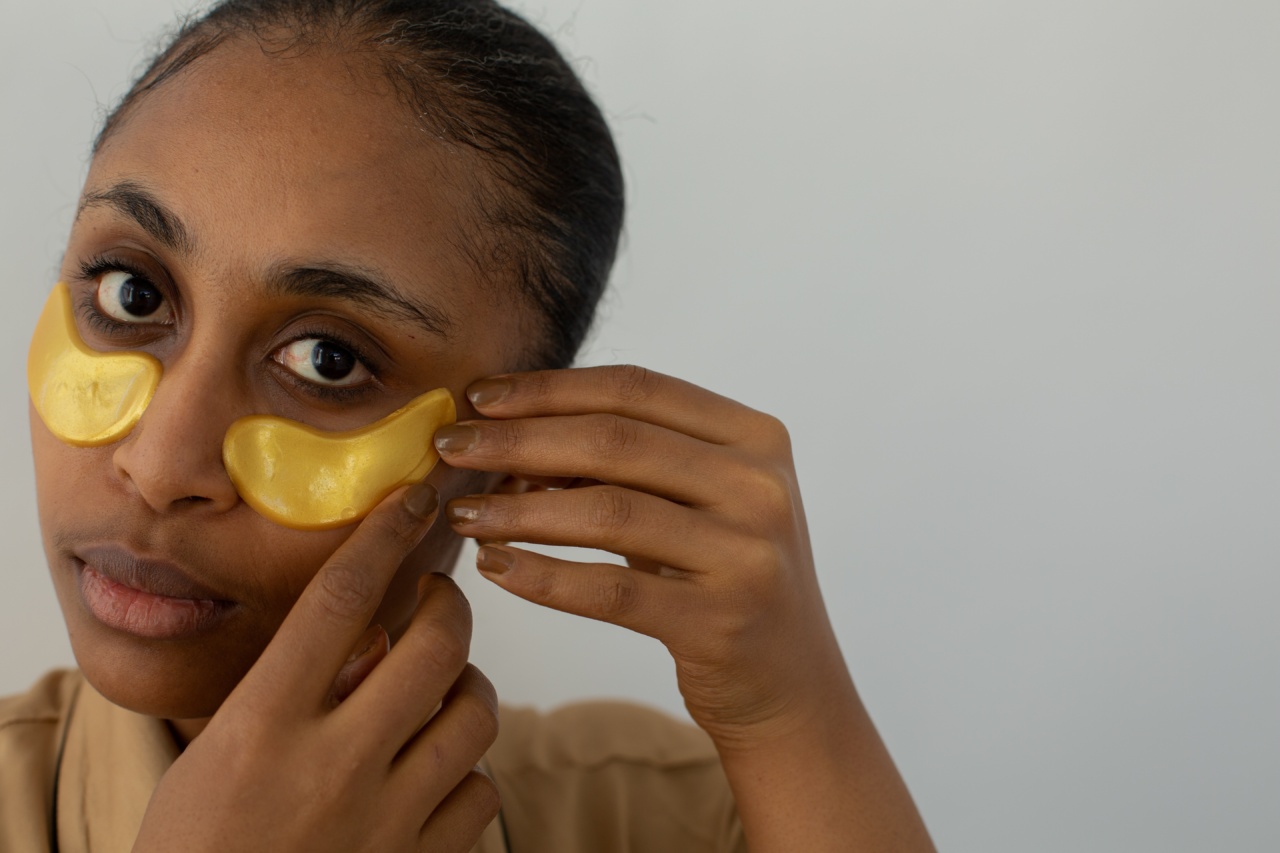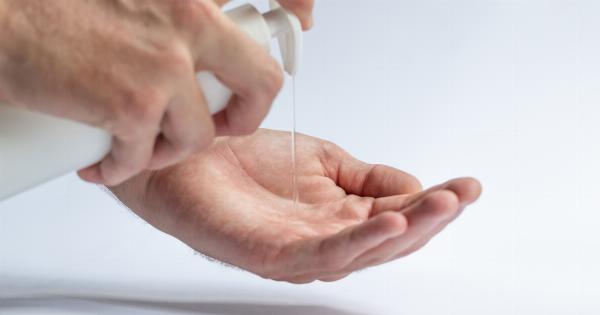Deep vein thrombosis (DVT) is a serious medical condition that occurs when a blood clot (thrombus) forms in a vein deep inside the body, usually in the leg.
If the clot breaks loose and travels through the bloodstream, it can become lodged in the lungs, a condition known as a pulmonary embolism (PE). DVT and PE can be life-threatening in some cases, so it’s important to understand the risk factors that lead to their development, including how our daily routines can contribute to the risk.
Sitting for Long Periods of Time
One of the primary ways our daily routine adds to the risk of DVT is through prolonged sitting.
Whether we’re sitting at a desk job, on a long flight or road trip, or even binge-watching our favorite shows on the couch, the lack of movement can lead to stagnant blood flow in the legs and other areas. This stagnant blood flow can increase the risk of blood clots forming, particularly in the veins deep in the legs.
The risk of developing DVT from prolonged sitting can be further increased if you have other risk factors.
For example, if you’re obese, pregnant, have a history of blood clots or a clotting disorder, or are over age 60, sitting for long periods of time may be particularly dangerous.
Not Getting Enough Exercise
Physical activity helps promote healthy blood flow, which can decrease the risk of blood clots and DVT. When we don’t get enough exercise or physical activity, our blood may become stagnant and lead to an increased risk of clotting.
This is why it’s so important to make regular exercise a part of our daily routine.
You don’t need to become a marathon runner or spend hours at the gym to reap the benefits of exercise.
Even simple activities like taking a brisk walk, doing some light weight lifting, or stretching for a few minutes every hour can help get your blood flowing and decrease your risk of DVT.
Using Hormonal Birth Control
Hormonal birth control methods like the pill, patch, or ring can increase the risk of blood clots and DVT, particularly in women who smoke or have other risk factors like obesity or high blood pressure.
These methods work by altering the balance of hormones in the body, which can cause your blood to become thicker and more prone to clotting.
While hormonal birth control can be a convenient and effective option for many women, it’s important to discuss the risks and benefits with your doctor to determine which method is right for you.
If you’re concerned about your risk of DVT, there are non-hormonal birth control options available, such as condoms, copper IUDs, or barrier methods like diaphragms or cervical caps.
Smoking or Using Tobacco Products
Tobacco use is a significant risk factor for DVT and other cardiovascular health problems. Smoking or using tobacco products can damage the lining of your blood vessels, increase your heart rate and blood pressure, and interfere with healthy blood flow.
All of these factors can increase your risk of developing blood clots and DVT.
If you smoke or use tobacco products, quitting is one of the most important things you can do for your health. Talk to your doctor about cessation tools and strategies to help you quit for good.
Being Overweight or Obese
Being overweight or obese is another significant risk factor for DVT. Excess weight can put added pressure on your veins and impede healthy blood flow, increasing the risk of blood clots and other cardiovascular problems.
Losing weight through healthy eating and exercise habits can help reduce your risk of DVT and improve your overall health.
Having a Sedentary Lifestyle
Similar to the risks of prolonged sitting, having a sedentary lifestyle can increase your risk of DVT.
If you spend most of your day sitting or lying down, the lack of movement and exercise can lead to stagnant blood flow and an increased risk of blood clots. This is particularly true if you also have other risk factors like obesity or a personal or family history of blood clots.
To reduce your risk of DVT, it’s important to incorporate more physical activity into your daily routine.
Whether it’s going for a walk around the block, doing some light stretching, or taking a yoga class, finding ways to move more and sit less can help promote healthy blood flow and reduce your risk of DVT.
Medical Conditions that Increase the Risk of DVT
In addition to our daily routines, certain medical conditions can also increase the risk of DVT. These include:.
- Cancer or cancer treatments
- Heart failure
- Inflammatory bowel disease
- Chronic kidney disease
- Lupus or other autoimmune disorders
- Varicose veins
- Personal or family history of blood clots
- Clotting disorders like Factor V Leiden or Prothrombin gene mutation
If you have one or more of these conditions, it’s important to talk to your doctor about ways to reduce your risk of blood clots and DVT.
Conclusion
DVT and PE can be serious medical conditions with potentially life-threatening consequences.
While our daily routines can contribute to the risk of developing these conditions, there are steps we can take to reduce our risk and promote healthy blood flow. Whether it’s getting regular exercise, quitting smoking, or finding ways to sit less and move more, every small step can make a difference in protecting our health and reducing our risk of DVT.






























